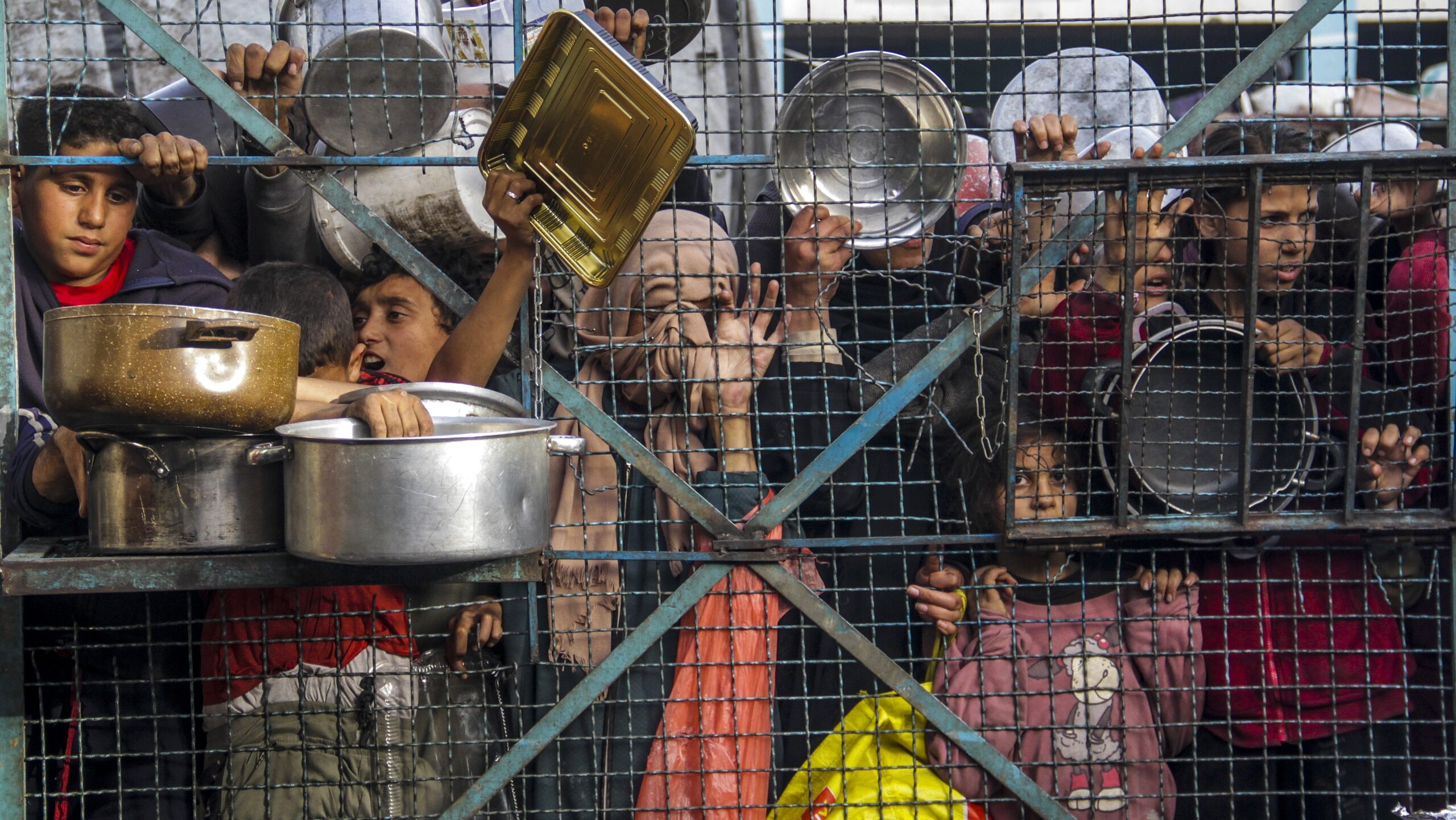Food Prices in Gaza Soar as Israel Blocks Humanitarian Aid
Flour and vegetable prices in Gaza have surged more than 100-fold after Israel shut border crossings, preventing the delivery of critical supplies, the United Nations said Monday. The closure follows Israel’s decision to halt aid in an effort to pressure Hamas into accepting a proposal to extend the ceasefire.
In an update posted on Monday, the UN Office for the Coordination of Humanitarian Affairs reported on the dramatic increase in prices and said that the closing of three major crossings into Gaza meant that “vital humanitarian assistance, including thousands of tents” was unable to be delivered to those in need. According to the report, UN partners are working to understand how much food and other stock remains in Gaza.
This holiday season, give to:
Truth and understanding
The Media Line's intrepid correspondents are in Israel, Gaza, Lebanon, Syria and Pakistan providing first-person reporting.
They all said they cover it.
We see it.
We report with just one agenda: the truth.


The six-week ceasefire between Israel and Hamas expired over the weekend, bringing an end to a period of increased humanitarian aid flow into Gaza. UNICEF reported that during the ceasefire, it managed to bring nearly 1,000 aid trucks into Gaza, providing warm clothing to 150,000 children and distributing water to nearly 500,000 Gazans living in remote areas. The organization warned that blocking aid would have dire consequences on children and families struggling to survive.
Israeli Prime Minister Benjamin Netanyahu has defended the measure, stating it was necessary to push Hamas into agreeing to a US-backed extension of the ceasefire. He also said that Hamas is hijacking humanitarian aid for its own purposes.
Along with the UN, many Arab states have condemned Israel’s decision to cut off aid.

